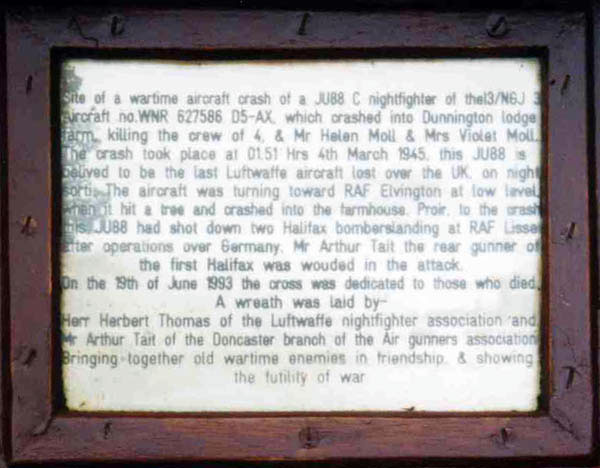The full facts of exactly what happened to this aircraft remain somewhat unclear, over the years many people have tried to document it and there are conflicting accounts of what happened and the identity of the aircraft. People then copy older accounts and what may be believed to be fact may actually be copied mistakes. Bill Norman was the authority on Luftwaffe losses in the North of England and he gave the identity as being Werk Nr:620028 and D5+AX; elsewhere D5+AE is also quoted as are Werk Nrs:6215868 and 21586. The unit the aircraft belonged to is given as 13/NJG3 in Bill Normans's work while 12/NJG3 is quoted elsewhere. D5+AX is the identity given in National Archives the intelligence file (AIR40/2421) which is probably the source that Bill Norman used.
What is clear is that on the night of 3rd / 4th March 1945 the Luftwaffe carried out Operation Gisela which involved following a returning bomber force back to England, on return from bombing Kamen, and attacking them as they prepared to land. The tactics they used were very successful and a number of bombers were either badly damaged and crashed or sustained more minor damage. This aircraft is believed to have attacked at least one Halifax in the Elvington airfield area (AIR40/2421 states Pocklington airfield) before making a low level attack on a taxi using the Elvington to York road which ran parrallel with the runway at Elvington. The German aircraft clipped a tree and then the corner of Dunnington Lodge before crashing onto the road and disintergrating at around 01.50hrs. Sadly all four Luftwaffe crew were killed in the crash. Three occupants of the house were also seriously injured and all three died over the coming hours. This became the last German aircraft to crash on British soil during the Second World War. The crew may have been the one that had shot down Halifaxes NR179 and NR235 and was about to shoot down a third (Notelle in NR229) who took evasive action and flew off north but later crashed near Hurworth on Tees, Co.Durham. The bodies of the four Luftwaffe crew were initially buried at Fulford Cemetery, York but were later re-interred at Cannock Chase Cemetery, Staffordshire.
Pilot - Hptm Johann Dreher (69873/111), aged 24. Buried Cannock Chase Cemetery, Staffordshire.
Wireless Operator - Fw Gustav Schmitz (69873/42), aged 24. Buried Cannock Chase Cemetery, Staffordshire.
Radar Operator - Obfw Hugo Boker (69039/162), aged 28. Buried Cannock Chase Cemetery, Staffordshire.
Mechanic - Fw Martin Bechter (53578/266), aged 28. Buried Cannock Chase Cemetery, Staffordshire.
Civilian - Mr Richard Herbert Moll, aged 67. Died of injuries on 5th March 1945 at York Hospital. Buried St Nicholas Churchyard, Dunnington, York.
Civilian - Mrs Ellen Moll, aged 61. Died of injuries on 4th March 1945 at York Hospital. Buried St Nicholas Churchyard, Dunnington, York.
Civilian - Mrs Violet Moll, aged 28. (Daughter-in-law of the above couple). Died of injuries on 4th March 1945 at York Hospital. Buried St Nicholas Churchyard, Dunnington, York.
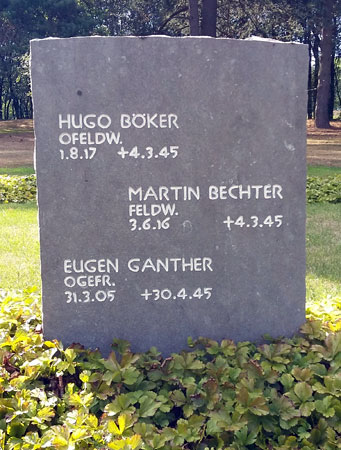
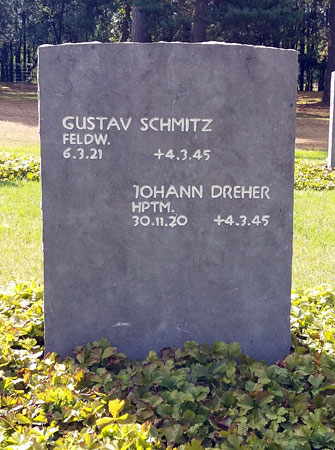
The gravestones baring the names of the four Luftwaffe airmen killed in this incident. Eugen Ganther was killed in a different incident but was interred with Boker and Bechter.
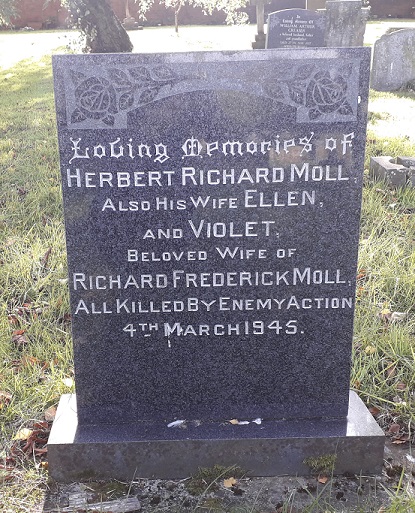
The Moll family grave at Dunnington.

Dunnington Lodge after the crash. A team of RAF gunners on a machine gun post at Elvington airfield may have been responsible in damaging this aircraft prior to it crashing. Cpl George Wetherill and three others appear to have been commended for their actions on this night. If it had been severely damaged by ground fire it is highly unlikely it was then lining up to attack a taxi at the time it crashed. I thank George Wetherill's daughter Sheila Baxter for contacting me in the early days of my research. The photograph below shows the other side of the building, as seen from the shop area of what was the York Maze in 2022.
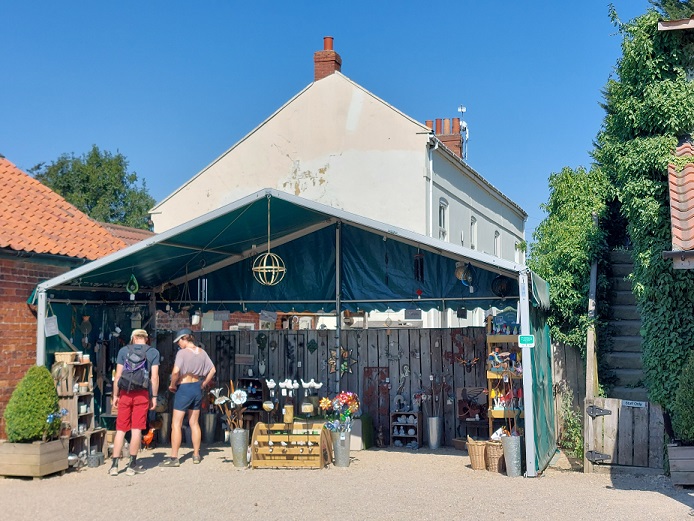
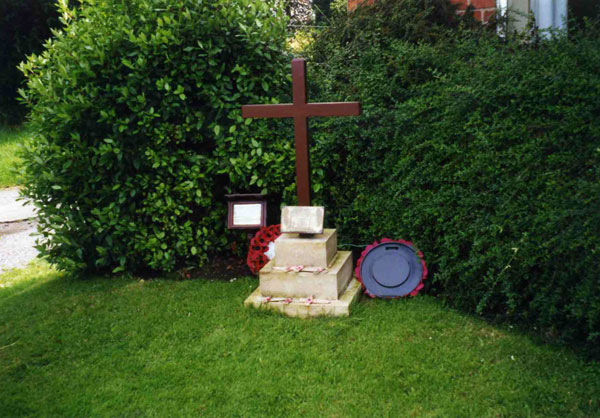
A memorial was erected at the crash site in June 1993.
